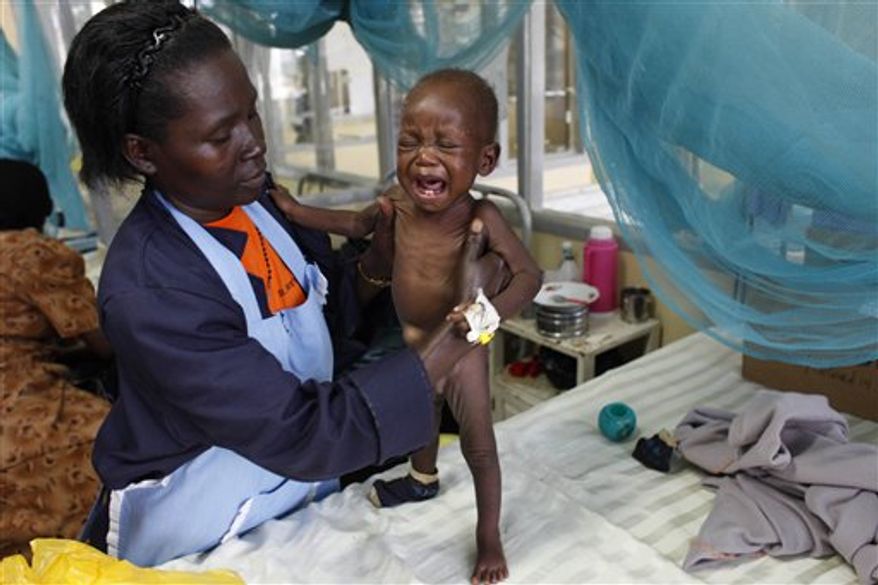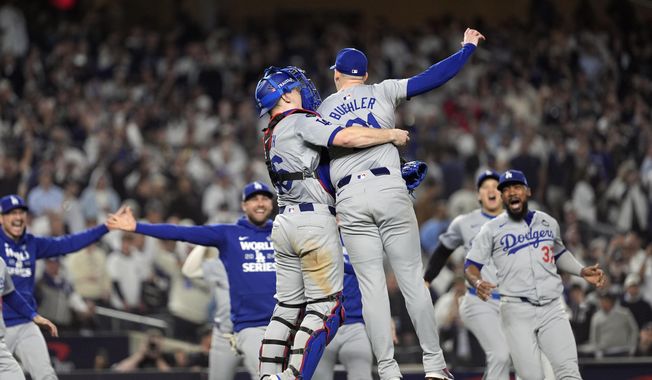
In this Friday, Oct. 30, 2009 picture a caretaker looks after a baby girl in the Siaya hospital in Western Kenya. The girl was found abandoned in the street and suffering with malaria. For Africans wondering whether the malaria drugs they've bought are real, there may soon be a quick way of finding out: sending a text message. Across the continent, more than 30 percent of malaria medicines are estimated to be fake, and many look identical to the real thing. A new project called mPedigree lets consumers send in a code via text message that lets them check if their drugs are genuine. (AP Photo/Karel Prinsloo)
Featured Photo Galleries

Trump Transition: Here are the people Trump has picked for key positions so far
President-elect Donald Trump has announced a flurry of picks for his incoming administration. Get full coverage of the Trump transition from The Washingon Times.

Trump dances onstage, takes post-election nation by storm
President-elect Trump dances onstage












